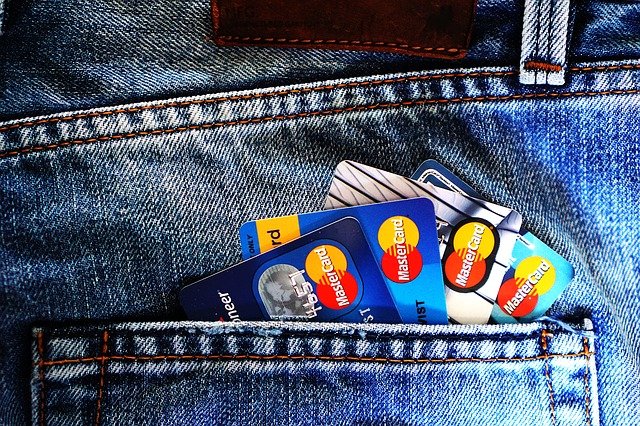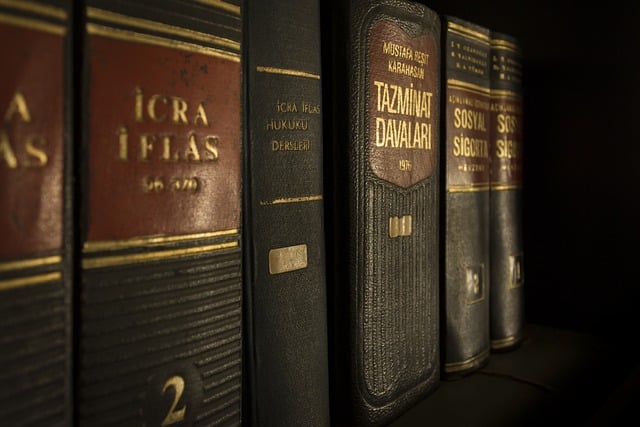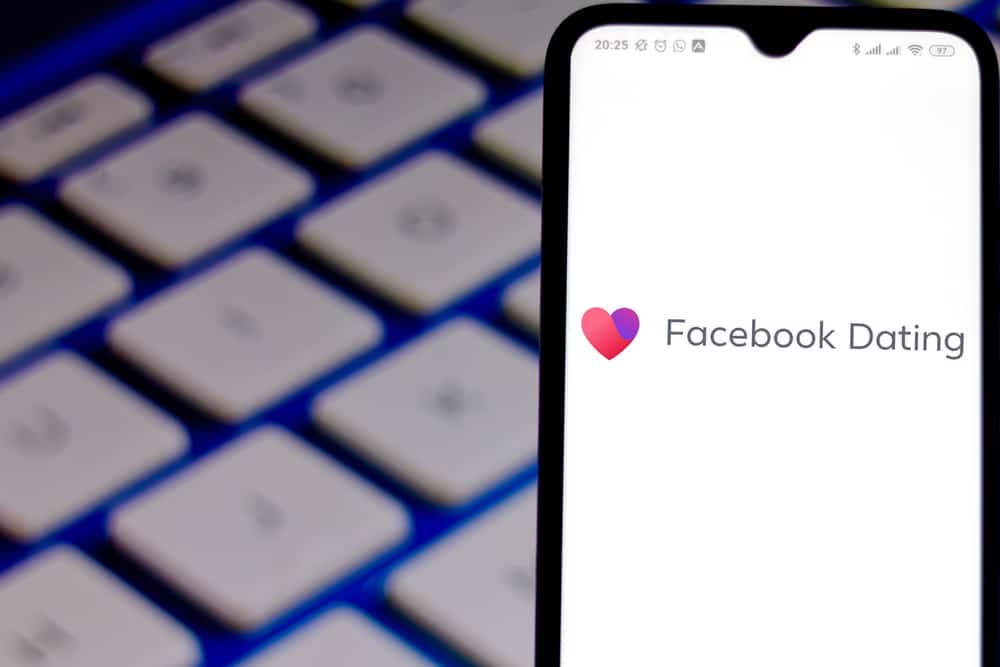What is a Public Record on a Credit Report?
Michelle Wilson - December 12, 2023

A public record is a negative entry on the credit report that requires a court to issue a judgment. The only public record included in the credit report is a bankruptcy. Previously, credit bureaus had other negative entries in the credit report. Previous examples of public records were judgments, tax liens, bankruptcy, foreclosure, and repossession. Your credit report is a section of your credit report that holds all public records.
Table of Contents
Which Public Records Can Appear on My Credit Report?
The only public record that can appear on your credit report is bankruptcy. In the past, credit bureaus included civil judgments and tax liens; however, they no longer appear on credit reports from the three national credit bureaus. Credit reporting agencies stopped including these items in consumer credit histories in 2018. Filing bankruptcy indicates an inability to pay debt obligations, making them a significant risk factor for lenders. As such, bankruptcy will always appear in your history.
How Long Does Bankruptcy Remain on Your Credit Report?
There are two types of bankruptcy to file as a consumer in the United States. These two options include Chapter 7 and Chapter 13 bankruptcy.
Chapter 7 Bankruptcy
A Chapter 7 bankruptcy will involve liquidating specific assets to pay off some debts. The bankruptcy will discharge the remainder of the debt. This bankruptcy option allows the individual to get rid of the debt quickly, offering a fresh start financially. Chapter 7 will remain on your credit report for ten years from the filing date.
Chapter 13 Bankruptcy
The Chapter 13 bankruptcy offers restructured repayment plans to pay off some debt over three to five years. The payments depend on an individual’s ability to pay. Chapter 13 bankruptcy requires more cost and action from the individual. This option will remain on the credit report for seven years from the filing date.
Both bankruptcy options will be updated periodically, including the bankruptcy status. Details will include the discharge date. While bankruptcy will have a negative impact on your credit history, the effect lessens as good credit habits and a positive payment history improve.
Can You Remove a Public Record from Your Credit History?
If you have recently filed for bankruptcy, you cannot remove the public record from your history. An individual can only release a public record by using the credit report dispute process. This dispute process only considers accounts with falsely reported records. Additionally, individuals may use the court system to dispute the error if the credit bureau doesn’t remove the mistake.
How to Improve Your Credit After a Public Record
Public records will severely damage your credit score, particularly when it is first placed on your credit report. As the record ages, it hurts the credit score considerably less. Paying any current accounts on time and keeping all debt levels low will also reduce the impact on your credit score. A bankruptcy record will remain on the credit report for seven to ten years, depending on which chapter you’re filing.
How to Rebuild Your Credit After Bankruptcy
Filing for bankruptcy causes your credit score to take a considerable hit. The public record makes it difficult to receive credit products, and competitive loans and credit cards become challenging. Although it takes a while to rebuild your credit score, it is possible. To help you rebuild your credit after filing for bankruptcy, here are a few tips to get started.
Always Keep Up with Current Payments on Existing Credit Cards or Loans
Rather than trying to get new financing after filing for bankruptcy, focus on ensuring all outstanding payments are made on time. Payment history accounts for 35 percent of the FICO score, making this option one of the easiest ways to show financial responsibility.
Paying on time will reestablish your credit by slowly showing reliability. Paying your accounts on time will also improve your financial habits and credit score. Set a monthly reminder or enable autopay to ensure you make all payments on time.
Try Applying for a New Line of Credit
Anyone in bankruptcy can’t apply for new credit products, but it’s critical to rebuild your score once discharged. After filing for bankruptcy, your ability to receive new credit products significantly reduces. Wait until you receive the discharge before opening a new financial account. Look for a secured or prepaid credit card to increase your success rate. Obtaining an unsecured credit card takes approximately two years from bankruptcy discharge.
What is a Secured Credit Card?
A secured credit card requires the user to provide a security deposit if you default on the loan. Most deposits are approximately $500, commonly equal to or larger than the approved limit on the card. After approval, users will receive the card in the mail. These cards often report on your credit history, which will improve your FICO score.
What is a Prepaid Card?
A prepaid card isn’t a credit product, although several will still report to the reporting agencies. A prepaid card requires users to load the account with a specific balance. The individual can then use the account for online and in-store purchases. As you reload the account, users can continue to use the card. Unfortunately, many of these cards don’t report to credit agencies.
What is an Unsecured Card?
An unsecured card allows a lender to give the user a specific allowance to use each month. An unsecured card doesn’t require a deposit or security to use. After bankruptcy, unsecured credit cards may hold higher interest rates than standard cards but can improve your credit score if appropriately managed.
After Receiving Your New Card
After you receive your new credit card, always pay the balance (or reload the card in total) each month. If you can’t pay the entire card balance, always make the minimum payment on the card. These credit products report to the credit reporting agencies, which will slowly increase your score. Lenders will report anyone missing payments or paying the account late, which negatively impacts your score.
Conclusion
Currently, the only public record that will appear on a credit report is a bankruptcy filing. In previous years, public record would include any negative actions through the court system. Previous examples were judgments, tax liens, bankruptcy, foreclosure, and repossession.
The bankruptcy will appear on your file for seven to ten years, regardless of which chapter you file. Although Chapter 7 and Chapter 13 are slightly different in the repayment schedule, they negatively impact your credit history until they resolve from the file. Although negative marks on credit reports are devastating to someone trying to manage their credit, bankruptcy eventually becomes less problematic as time goes on.












